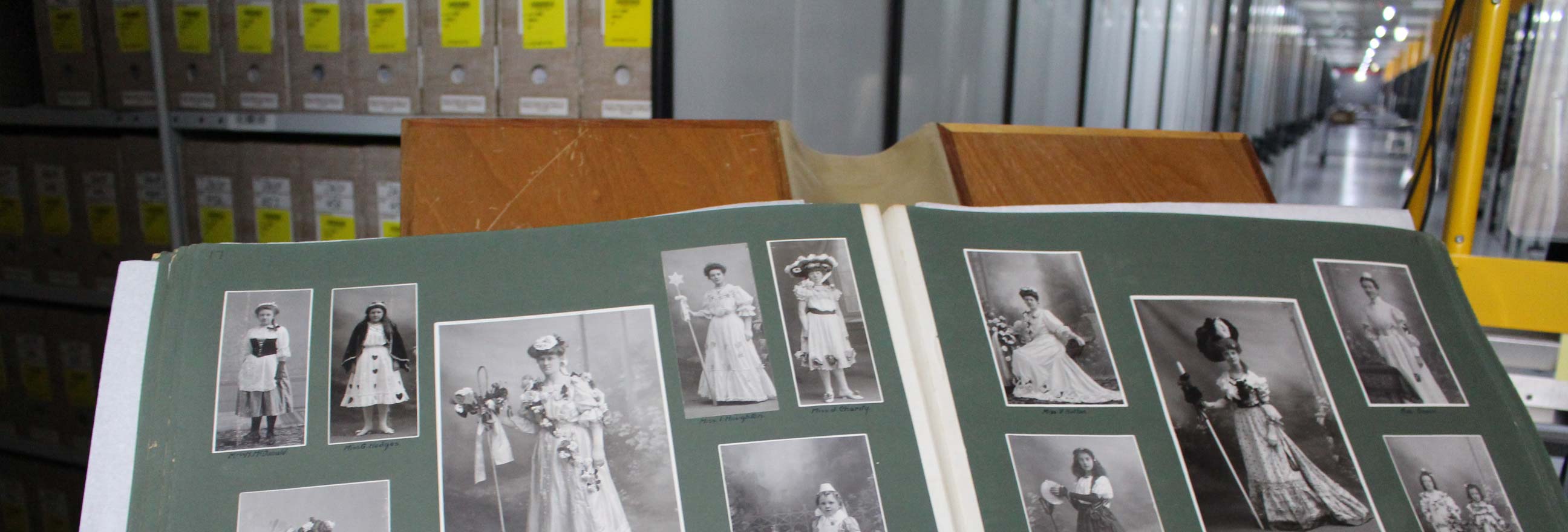The term ‘archives’ can have a number of different meanings.
i. The organisation that holds historical records. For example, the local historical society, local studies collection at the library
ii. The place – the building, room or storage area where archives is kept or stored.
iii. Records that are appraised as having continuing value due to the information they contain or their value as evidence of an event or transaction.
iv. Records that are no longer required for current use that have been selected for indefinite retention.
Types of archival material
An archive can be made up of many types of records. These may include:
• typed and handwritten letters & documents
• certificates
• printed material – cuttings, brochures, reports and newsletters
• maps & plans
• photographs
• motion picture – film & video
• sound recordings – records, audio cassettes, digital recordings (e.g. MP3s)
• CDs & DVDs.
